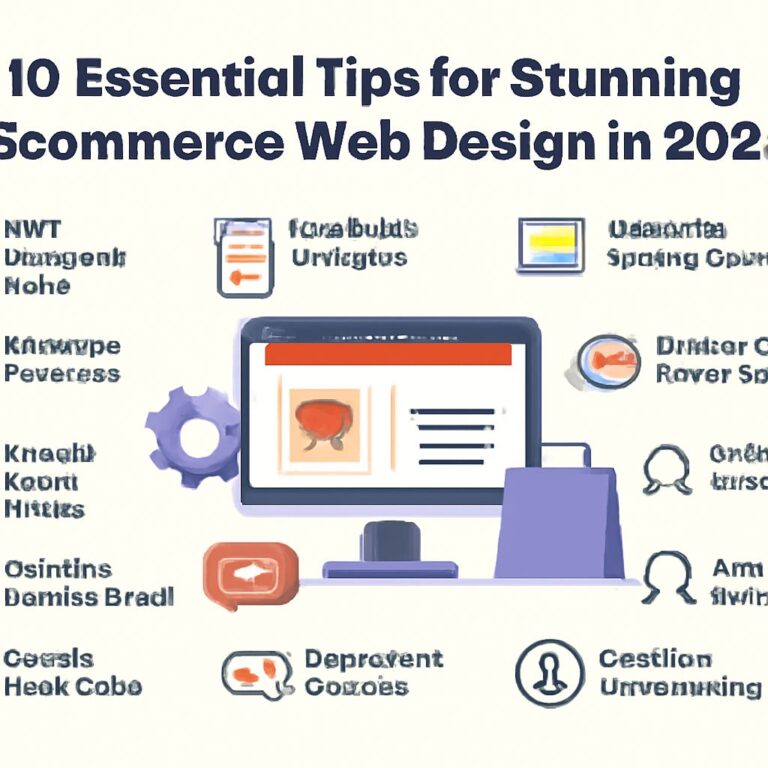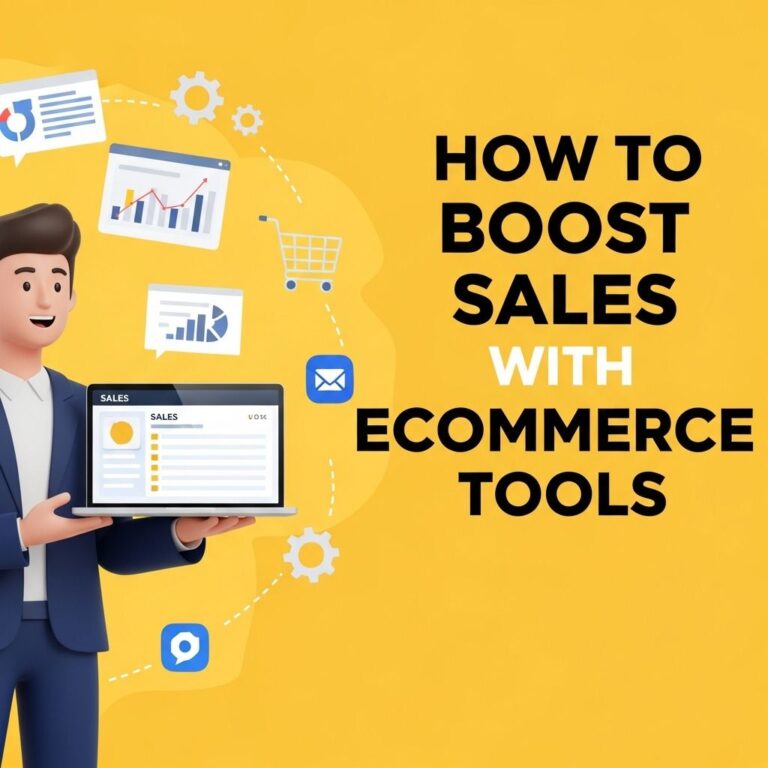In the fast-paced world of ecommerce, efficiency is key. With the increasing number of online stores and the need for speed in fulfilling orders, it’s essential to utilize tools that streamline processes and enhance user experience. Whether you’re a startup or an established retailer, the right tools can save you time, reduce errors, and improve customer satisfaction. In this article, we will explore five tools that can significantly optimize your ecommerce order management.
Table of Contents
1. Order Management Systems (OMS)
Order Management Systems are essential for tracking orders from purchase to delivery. They help businesses manage inventory, process orders, and handle returns efficiently. Here are some popular OMS:
- ShipBob: A 3PL (third-party logistics) provider that also offers order management functionalities. It integrates with various ecommerce platforms and provides real-time updates.
- Skubana: A robust solution for ecommerce brands that combines inventory management, order processing, and analytics.
- Orderhive: Automation-focused OMS that caters to multi-channel retailers, allowing seamless operation across various sales channels.
Key Features of an Order Management System
- Real-time inventory tracking
- Automated order processing
- Integration with multiple sales channels
- Advanced reporting and analytics
2. Shipping Software
Fast and reliable shipping can make or break an ecommerce business. Shipping software helps businesses manage logistics, track shipments, and optimize shipping costs. Below are some popular options:
- ShipStation: A widely used shipping software that integrates with various ecommerce platforms and marketplaces, allowing for streamlined shipping label creation and tracking.
- Easyship: Offers a comprehensive solution for global shipping, providing access to multiple couriers and calculating duties upfront.
- Shippo: A user-friendly platform that allows ecommerce businesses to compare shipping rates and print labels seamlessly.
Benefits of Shipping Software
| Benefit | Description |
|---|---|
| Cost Savings | Access to discounted shipping rates and the ability to compare rates across providers. |
| Time Efficiency | Automated label printing and tracking notifications minimize time spent on manual processes. |
| Customer Satisfaction | Faster delivery times and transparent tracking information enhance the overall customer experience. |
3. Customer Relationship Management (CRM) Systems
To maintain long-term success, ecommerce businesses need to build strong relationships with their customers. A good CRM system can help manage customer interactions, track sales leads, and analyze customer data. Here are some top CRM tools:
- HubSpot CRM: A free and user-friendly CRM that offers contact management, email tracking, and reporting features.
- Salesforce: A powerful solution tailored for larger businesses that require extensive customization and a wide array of features.
- Zoho CRM: An affordable option that provides a suite of tools for email marketing, social media integration, and sales automation.
Advantages of Using a CRM System
- Improved customer service through effective communication
- Enhanced sales tracking and forecasting
- Better marketing campaign management
- Access to comprehensive customer data for better decision-making
4. Inventory Management Tools
Effective inventory management is crucial for preventing stockouts or overstock situations. Using the right inventory management tools can help businesses maintain optimal stock levels and understand customer demand patterns. Some notable inventory management tools include:
- TradeGecko: Provides comprehensive inventory management features along with order fulfillment and reporting capabilities.
- Cin7: An all-in-one inventory solution that integrates point of sale (POS), ecommerce, and inventory management.
- NetSuite: A cloud-based solution that offers advanced inventory tracking along with integrated financial and supply chain management tools.
Benefits of Inventory Management Tools
| Benefit | Description |
|---|---|
| Reduced Costs | Minimizes excess stock and carrying costs through better forecasting. |
| Increased Efficiency | Streamlines inventory tracking and reordering processes. |
| Data-Driven Decisions | Provides insights into sales trends to guide future purchasing decisions. |
5. Multi-Channel Selling Tools
In today’s digital landscape, it’s essential to be where your customers are. Multi-channel selling tools enable businesses to sell across various platforms (like Amazon, eBay, and social media) from a single dashboard. Some popular options include:
- ChannelAdvisor: A powerful tool that allows seamless multi-channel selling and includes features for inventory management and analytics.
- Sellbrite: Helps brands list products on multiple sales channels while managing inventory from one platform.
- ShoppingFeeder: Optimizes product feeds for various marketplaces and helps drive traffic to your online store.
Advantages of Multi-Channel Selling Tools
- Increased visibility across platforms
- Diversified revenue streams
- Centralized inventory management
- Ability to reach a wider audience
Conclusion
In the ever-evolving ecommerce landscape, the tools you choose can make a significant difference in your business’s efficiency and customer satisfaction. By implementing the right Order Management Systems, Shipping Software, CRM systems, Inventory Management tools, and Multi-Channel Selling tools, you can streamline your operations and focus on growing your business. Investing in these tools not only saves time but also sets the stage for long-term success in the competitive world of ecommerce. As you explore your options, consider your unique business needs and how each tool can contribute to your overall strategy.
FAQ
What are the best tools to streamline ecommerce orders?
Some of the best tools to streamline ecommerce orders include order management systems like Shopify, inventory management software like TradeGecko, automation tools like Zapier, shipping solutions like ShipStation, and customer service platforms like Zendesk.
How can automation improve ecommerce order management?
Automation can improve ecommerce order management by reducing manual tasks, minimizing errors, speeding up processing times, and providing real-time updates to both businesses and customers.
What features should I look for in an order management tool?
When choosing an order management tool, look for features such as real-time inventory tracking, integration with multiple sales channels, automated order processing, customizable reporting, and user-friendly interfaces.
How does inventory management affect ecommerce order fulfillment?
Effective inventory management is crucial for ecommerce order fulfillment as it ensures that stock levels are accurate, reduces the risk of overselling, and helps maintain customer satisfaction by ensuring timely deliveries.
Can I integrate multiple platforms for my ecommerce operations?
Yes, many ecommerce tools offer integration capabilities, allowing you to connect various platforms such as your online store, shipping services, and accounting software for a seamless operation.








